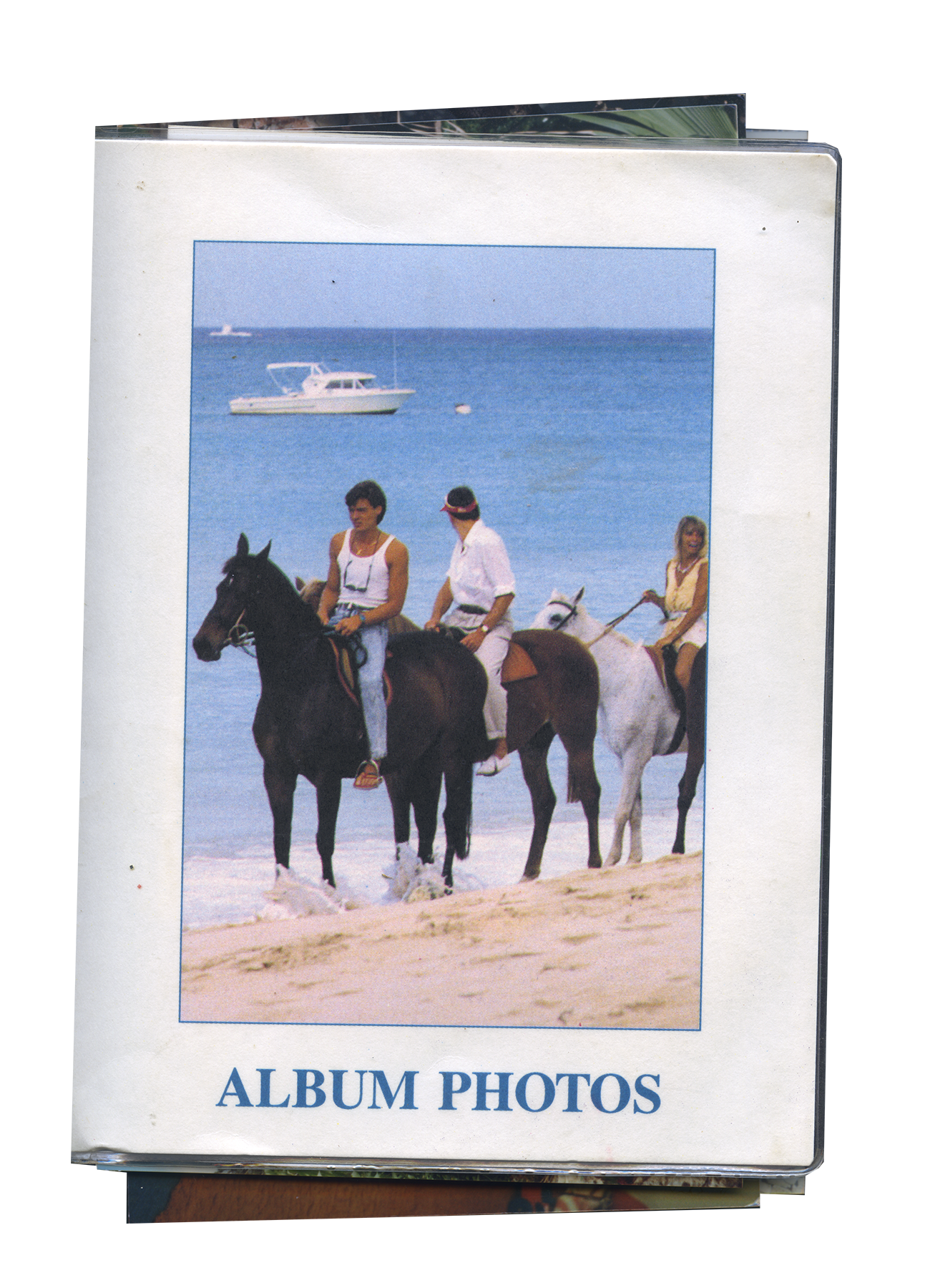insert (Narrative)



A gaze is formed by looking upon, a mediated dictation by the immediate media surrounding; biased, controlled by those holding the camera - the lens - magnifying the social as seen through subjectivity.
Growing up as a Caucasian Bloemfonteiner, I - as with many other white South Africans - formed an idea of the photographed “African experience” as captured and presented by predominantly white, male photographers.
This curiosity into the documentary, the street photographic, began in 2005 and only up until recently did the realisation settle in that these certain visual tropes still retain a strong usage. They win awards, they sell prints, they reinforce the narrative the Western world often relishes of ‘the Dark Continent’. They have shaped the way in which majority of non-PoC photographers go about approaching the general theme of the African diaspora, that being tinted in the poverty porn, the war torn, the exploited cultural.
There’s a copy paste of subject posed in composition; neither being remarkably individual or intimate in representation, but rather an easy go-to idol of recognisability. The image-maker asserts an authority over the seen as keeper of the narrative.
The subject, faded into easily palatable obscurity, has no discernible story or voice. The visionary behind the camera trigger reclaims the space; their processes, behind-the-scenes, directorial decision-making takes prevalence over the actual subjects’ lived experience. The scene is shot, the person behind the lens is bestowed with fame and financial compensation whilst the subjects are discarded as props. To progress is to critique, a never-ending process of analysing and dissecting, thus the background images are comprised of images I have taken over the past several years that expose my own compliance in this particular process of image creation. Guided by the trends observed in photographic contests and coffee table books of successful photographers, these shots imitated, whether consciously or subconsciously, the celebrated testament of what is still a narrowly perceived viewpoint of ‘Africa’.
‘Insert (Narrative)’ aims to confront this ghosting of autonomous storyline by intentionally removing the subjects from the imagery. Presented as ghosts composed of canvas, white floating figures fill the frame - void of features or emotionally-charged expressions - these subjects refract the Western err of immensely exhausted tokens. The use of canvas acting as a reminder of the commodity of classical art and its modern translation to the tradability of photographs in predominantly Western markets.
These figures also appear somewhat blindingly white at times; their milkiness seeping into the scene. The images themselves are accompanied by titled texts describing the placement of the scene with the repeated use of insert (….) being a reference to that of coding languages, particularly to the practise of inserting a specified value at a specified position.
Logical and somewhat cold, the terminology reinforces a mechanical attribute to this tokenisation of subject and scene.
There is no sense of idiosyncrasy or mutual collaboration between photographed and photographer, the pattern is repeated as it’s proven to bring success and artistic acclaim to one part of the party - a code bound to return a desired result.
Exhibited as part of the group show ‘Die Gegenwart’ at Studio Beta, Berlin in September, 2021.